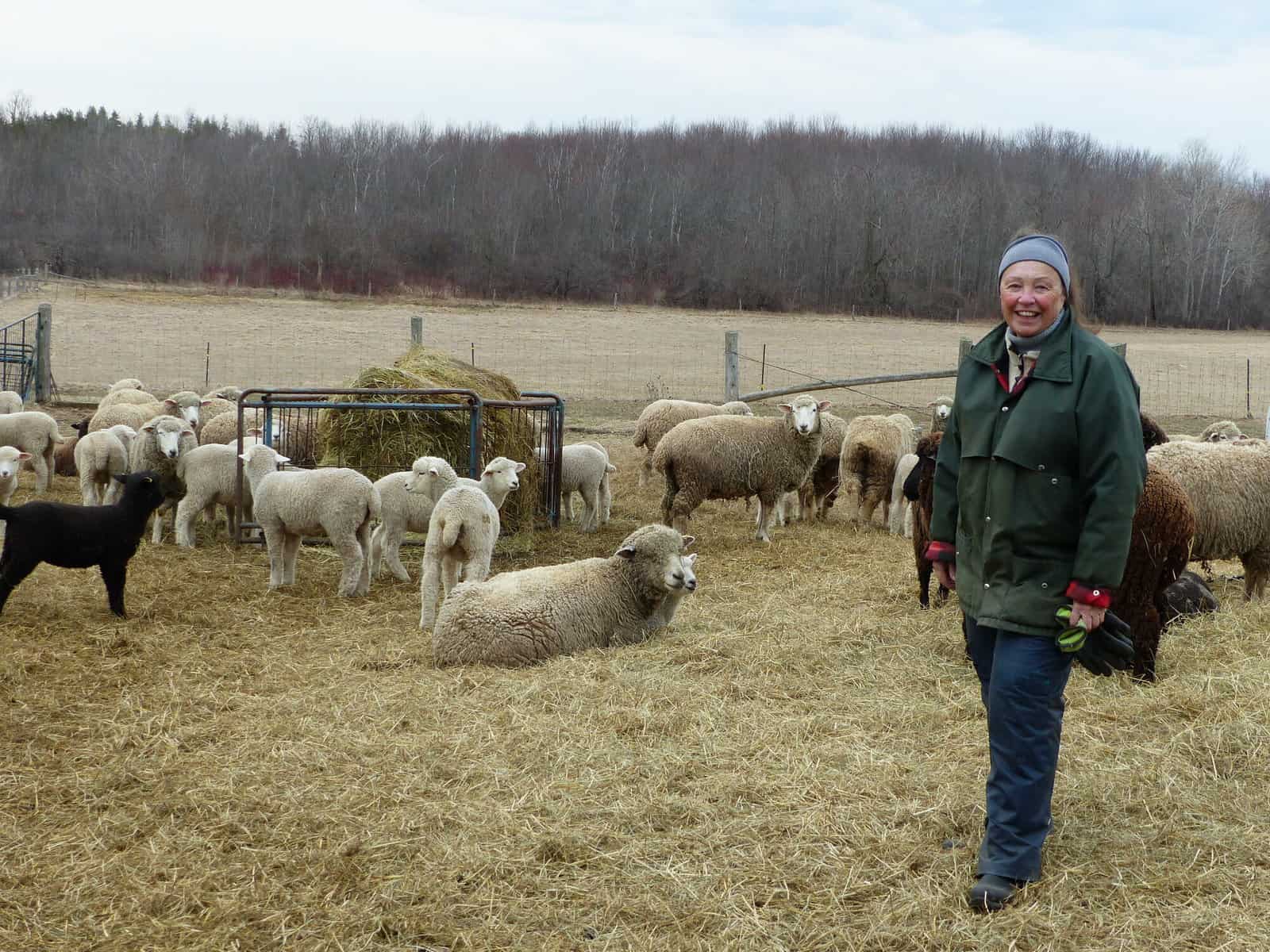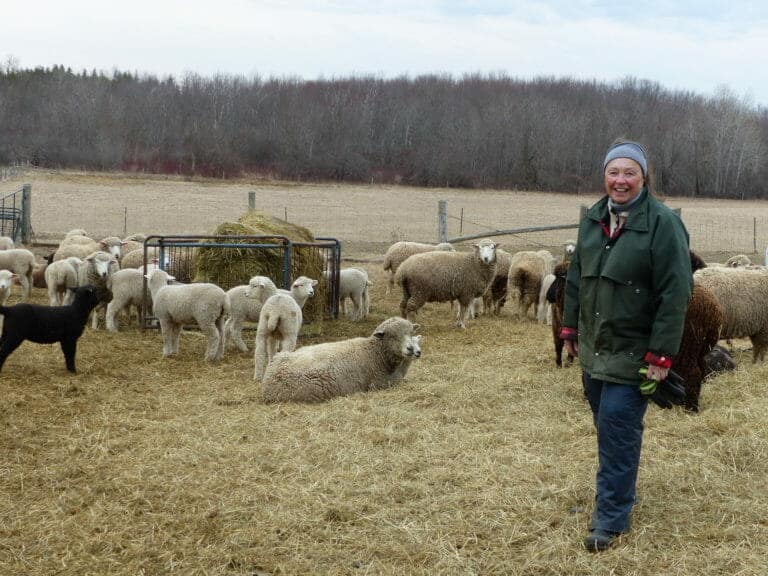Leslie Dyment, at Crow Hill Farm in Cameron.
Farmers have been concerned about water issues for as long as human beings have been growing crops. From the irrigation ditches of the ancient near east, to the flooding of ancient Egypt, the lack of water, or too much of it, has shaped the rhythms of farming life.
As a result, farmers throughout history have developed various strategies related to water.
Some of these—like the worship of ancient fertility gods and goddesses—seem a little odd to us now. Some, like tile drainage, are still practiced but are somewhat controversial. Others, such as the use of terrace farming and dams, continue to be used today.
Farmers in the Kawartha Lakes who consciously practice strategies to retain and manage water, therefore, stand in a long and honoured history. And, while recent concerns about climate change have prodded some farmers to examine their practices around water retention and absorption, for most farmers these are not new issues. “Farmers have always been adaptive and prepared for change in weather patterns and the risks involved in crop production,” points out Mark Torrey, the local member service representative for the Ontario Federation of […]
Full article: Water: How farmers meet the challenge of too little, too much



